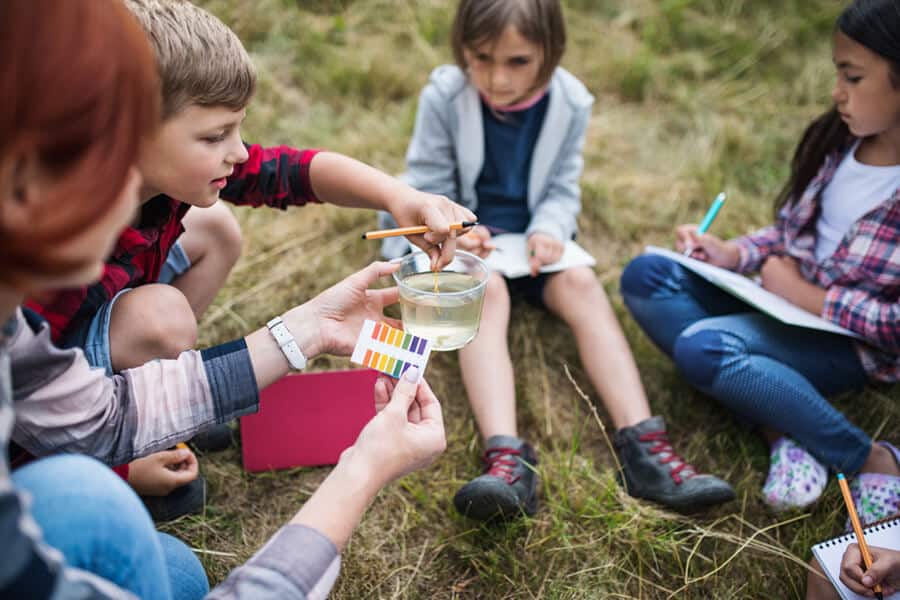We are used to traditional educational systems, but what do we know about informal, or as they’re called – alternative educational systems? Read on to find out why their reputation is growing in contemporary times, as we give a specific perspective to Steiner Education.
The learning process is not as simple as people think it is. In fact, it should be tailored to the needs of different people, as not all of us catch up with information at the same pace. Some of us work well in classrooms, filled with people and ways for us to socialize whereas others work better off in closed environments, pursuing slow-paced methodologies that give them more time to learn.
That’s exactly how the world identified the need to shift from traditional learning, and to find alternative educational methodologies. Non-traditional education, or as we know it, alternative education refers to a number of different approaches of teaching that differ from public or private conventional schools that we have known so far. These alter teaching methods can be applied towards people of all ages, starting from infants to the very adults.
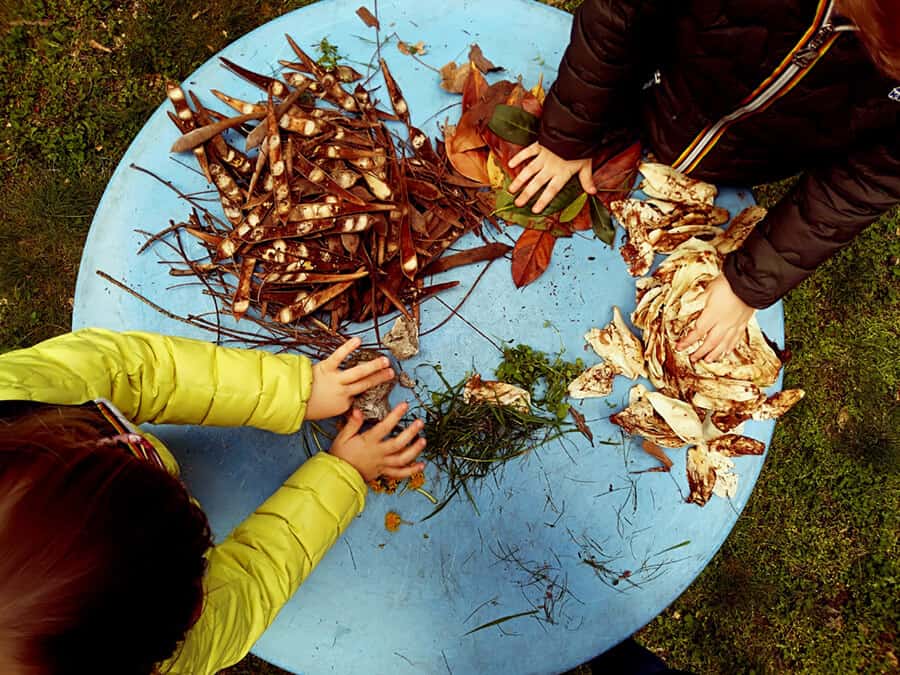
The roots of Alternative education were formed as a response to the establishment of standardized and compulsory education over the last two to three centuries. Educators including Jean-Jacques Rousseau, Swiss humanitarian Johann Heinrich Pestalozzi; the American transcendentalists Amos Bronson Alcott, Ralph Waldo Emerson, and Henry David Thoreau; founders of progressive education John Dewey and Francis Parker, and educational pioneers such as Friedrich Fröbel, Maria Montessori and Rudolf Steiner believed that education should cultivate the developing child on many levels: not only intellectually, but also morally and spiritually, emotionally and psychologically, and physically.
One of the well-known methodologies of alternative teaching, contributing to a child’s deeper development, is Steiner education.
What is Steiner education?
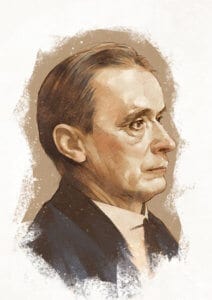
Also known as Waldorf education, Steiner education’s teaching methodology is based on the educational philosophy of Rudolf Steiner, who was also the founder of Anthroposophy. This pedagogy consists of methodologies that contribute to the development of students’ imagination and creativity, as a special focus, along with the development of their intellectual, artistic, and practical skills in a holistic manner. Steiner believed that there are three different developmental stages that characterize childhood development, and he came up with three different learning strategies to adapt to each of them. According to him, these three stages last seven years each, as human beings develop in seven-year-long spiritual cycles.
He associated each stage with a different “sphere”, combining early childhood with the Moon (0-7 years old), Mercury (7-14 years old), and Venus (14-21 years old).
Steiner considered children’s cognitive, emotional and behavioral development to be interlinked. Research tells us that when students in a Waldorf school are grouped, the grouping is generally not based on their academic abilities. Instead, Steiner pursued the proto-psychological concept of the classic four temperaments – melancholic, sanguine, phlegmatic and choleric – for pedagogical use in the elementary years and thought that teaching should be tailored to students based on these needs and psychophysical types.
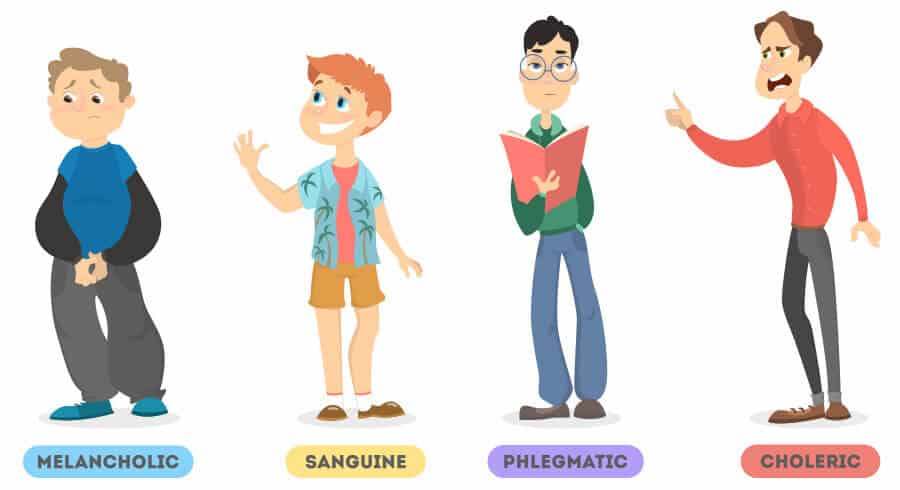
For instance, “cholerics are risk-takers, phlegmatics take things calmly, melancholics are sensitive or introverted, and sanguines take things lightly”. As such, the groups should follow the same pattern. But Steiner also believed that teachers must consider their own temperament with which they are expected to work with and improve positively within the classroom.
Main principles
The first Waldorf school opened in 1919 in Stuttgart, Germany. Whereas now, a century later, it has become the largest independent school movement in the world. These are only some of the most interesting characteristics of Waldorf schools – Steiner education, listed from Verywellfamily just a few days ago:
- Most Waldorf schools don’t use grades but have end-of-year assessments, which take a more holistic approach to learning assessment.
- In many Waldorf schools, the child stays with the same teacher from 1st up to 8th grade.
- Standardized tests usually aren’t given; you can independently enroll your child in college placement tests when the time comes.
- Reading basics are not usually taught till first grade, and children are not expected to read until second grade.
- Textbooks are usually not used until sixth grade.
- There is usually plenty of open space for free play, and while there is seating for children, there usually aren’t traditional desks.
- Natural wood furniture and wooden toys are the norm.
- In most cases, there is no technology use permitted in classrooms.
Yes, you read that right. Although we live in contemporary times, and you see most kids with iPads or Tablets in their hands, the philosophy of Waldorf educators is different. They believe that use of technology conflicts with young children’s developmental needs, that media users may be physically inactive, and media may be seen to contain inappropriate or undesirable content and to hamper the imagination. Generally speaking, Waldorf teachers discourage the use of electronics.
What Steiner education focuses on is the child’s development in all possible aspects, not only in their academic progress. That’s why this educational methodology is so holistic in the first place, as it is pretty much pupil centered, escaping from the traditional image we have of all children in the classroom simply listening to the teacher and obeying.
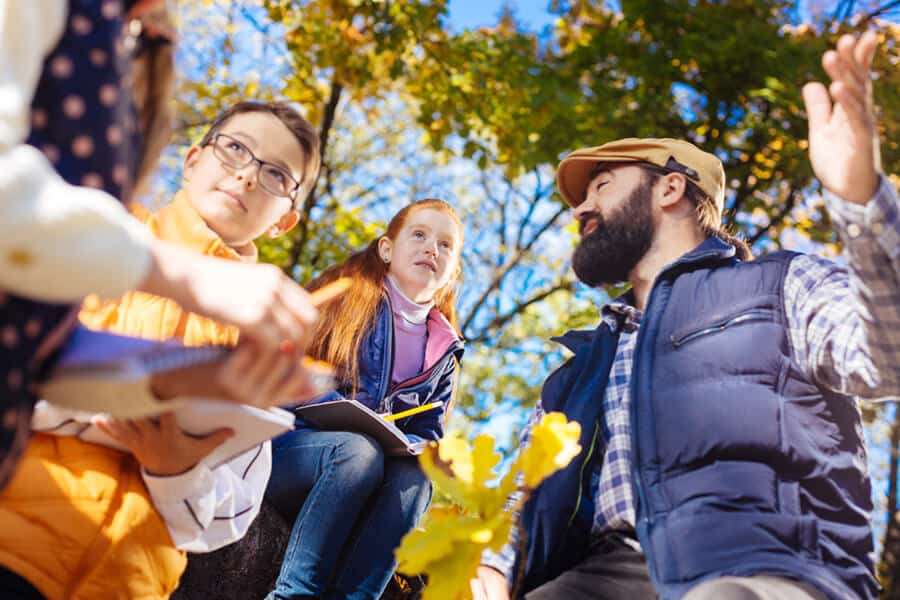
Instead, in Waldorf schools’ kids spend most of their school time outdoors, learning through nurturing and respecting nature, art activities that draw from earthly materials, music, cooking, hand-made crafting and storytelling, especially in the early grades.
What’s also interesting about Waldorf education is that it aims to educate children about a wide range of religious traditions without favoring any one of these. Steiner considered freedom to be the basis of all teaching methodologies, letting the kids decide for themselves who and what they want to be by exposing them to numerous dimensions.
Where is the book in which the teacher can read about what teaching is? The children themselves are this book. We should not learn to teach out of any book other than the one lying open before us and consisting of the children themselves. — Rudolf Steiner, Human Values in Education
More articles on different methodologies of alternative education will follow soon. Stay tuned!
Photos: Shutterstock
Support us!
All your donations will be used to pay the magazine’s journalists and to support the ongoing costs of maintaining the site.
Share this post
Interested in co-operating with us?
We are open to co-operation from writers and businesses alike. You can reach us on our email at [email protected]/[email protected] and we will get back to you as quick as we can.
